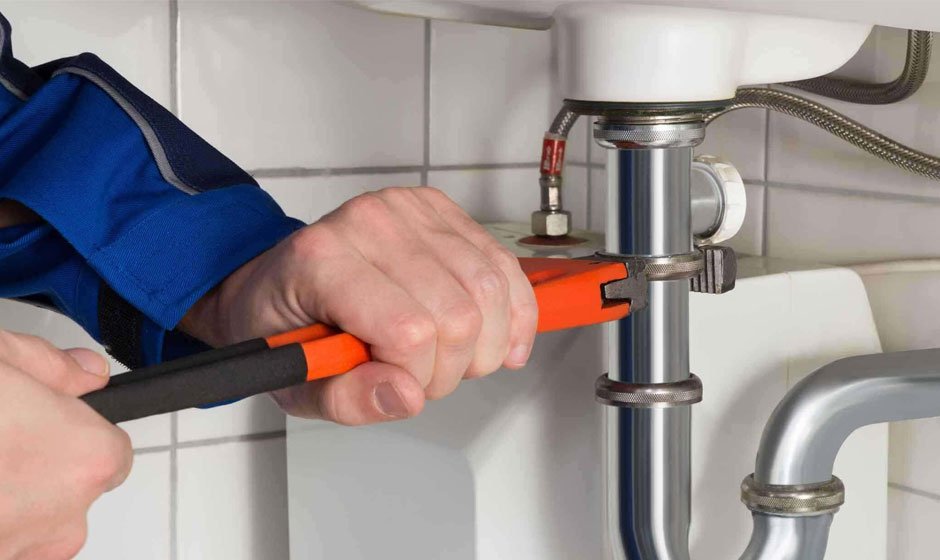Plumbing problems can strike anytime, causing inconvenience and potential damage to your home. From dripping faucets to burst pipes, these issues can range from minor nuisances to major emergencies. Identifying and addressing plumbing problems early can save you time, money, and frustration. This guide will discuss spotting common plumbing problems and offering practical solutions.
Spotting Plumbing Problems
1. Dripping Faucets
Dripping faucets waste water and can indicate an underlying issue with the faucet’s internal components. Most often, a worn-out washer or O-ring is the culprit. To confirm this, turn off the water supply to the faucet and disassemble it. Inspect the washer and O-ring for signs of wear or damage. Replace these parts if necessary and reassemble the faucet. If the problem persists, seeking professional help might be necessary.
2. Leaking Pipes
Leaking pipes can lead to water damage, mold growth, and higher water bills. Inspect the areas under sinks, around toilets, and in the basement for any signs of moisture or dripping water. If you find a leak, turn off the main water supply to your home and assess the damage. Depending on the severity of the leak, apply a temporary patch using plumbing tape or pipe clamps until a permanent fix can be made.
3. Low Water Pressure
If your water pressure suddenly drops, it could be due to mineral buildup in faucets, showerheads, or pipes. Clean the faucet aerators and showerhead nozzles by soaking them in vinegar overnight. If the problem persists, there might be a larger issue within your plumbing system, such as a hidden leak or a blockage, requiring professional attention. Head over to Inner City Plumbing to find out more about plumbing.
4. Running Toilets
A running toilet can waste significant water and inflate your water bill. Often, the cause is a faulty flapper or fill valve. Lift the toilet tank lid and observe the components while flushing. If the flapper doesn’t close properly or the fill valve doesn’t shut off, these parts may need replacement. Additionally, ensure that the chain connecting the flapper to the flush handle is adjusted correctly.
5. Clogged Drains
Clogged drains are a common plumbing issue leading to slow drainage or backups. Avoid pouring grease, coffee grounds, and other solids down drains. Use a plunger or a drain snake to clear minor clogs. For tougher clogs, consider using a chemical drain cleaner, but be cautious, as these can damage pipes over time. If clogs persist, it’s advisable to consult a plumber who can use professional tools to clear the blockage safely.
Solving Plumbing Problems
1. DIY Approaches
For minor plumbing issues like dripping faucets, clogged drains, or running toilets, you can often address the problem with basic tools. A plunger, a drain snake, a pipe wrench, and other common tools can be incredibly useful in tackling simple plumbing repairs. Online tutorials and step-by-step guides can supply the necessary information for these repairs.
2. Regular Maintenance
Prevention is key to avoiding plumbing problems in the first place. Schedule regular maintenance checks to inspect pipes, faucets, and other plumbing fixtures for signs of wear, leaks, or corrosion. Clean aerators and showerheads, flush water heaters annually, and be mindful of what goes down your drains. You can catch potential issues early and prevent more extensive damage by staying proactive.
3. Professional Help
Certain plumbing problems are best left to professionals. Major leaks, burst pipes, sewer line issues, and complex installations should be handled by experienced plumbers. Fixing these problems without proper expertise can lead to further damage and higher repair costs. When in doubt, consult a licensed plumber who can diagnose the issue accurately and provide appropriate solutions.
4. Upgrading Old Fixtures
Outdated plumbing fixtures can contribute to problems like leaks and low water pressure. Contemplate upgrading to newer, water-efficient fixtures, which not only lessen the risk of issues but also conserve water and lower your utility bills. Upgrading fixtures can be a simple and practical way to enhance your plumbing system’s performance.
5. Emergency Preparedness
In case of sudden plumbing emergencies, it’s important to know the location of your main water shut-off valve. This valve can stop the flow of water to your entire house and prevent further damage in case of a major leak or burst pipe. Additionally, familiarize yourself with the contact information of local emergency plumbers so you can quickly get professional help when needed.
Spotting and solving plumbing problems requires a combination of vigilance, DIY skills, and knowing when to call in the experts. By staying proactive, performing regular maintenance, and addressing issues promptly, you can maintain a well-functioning plumbing system and prevent costly repairs down the line. While some issues can be resolved with DIY approaches, more complex problems and emergencies should always be entrusted to licensed plumbing professionals. You can discover Sarkinen Plumbing website for more information about their services if you are looking for a professional.

